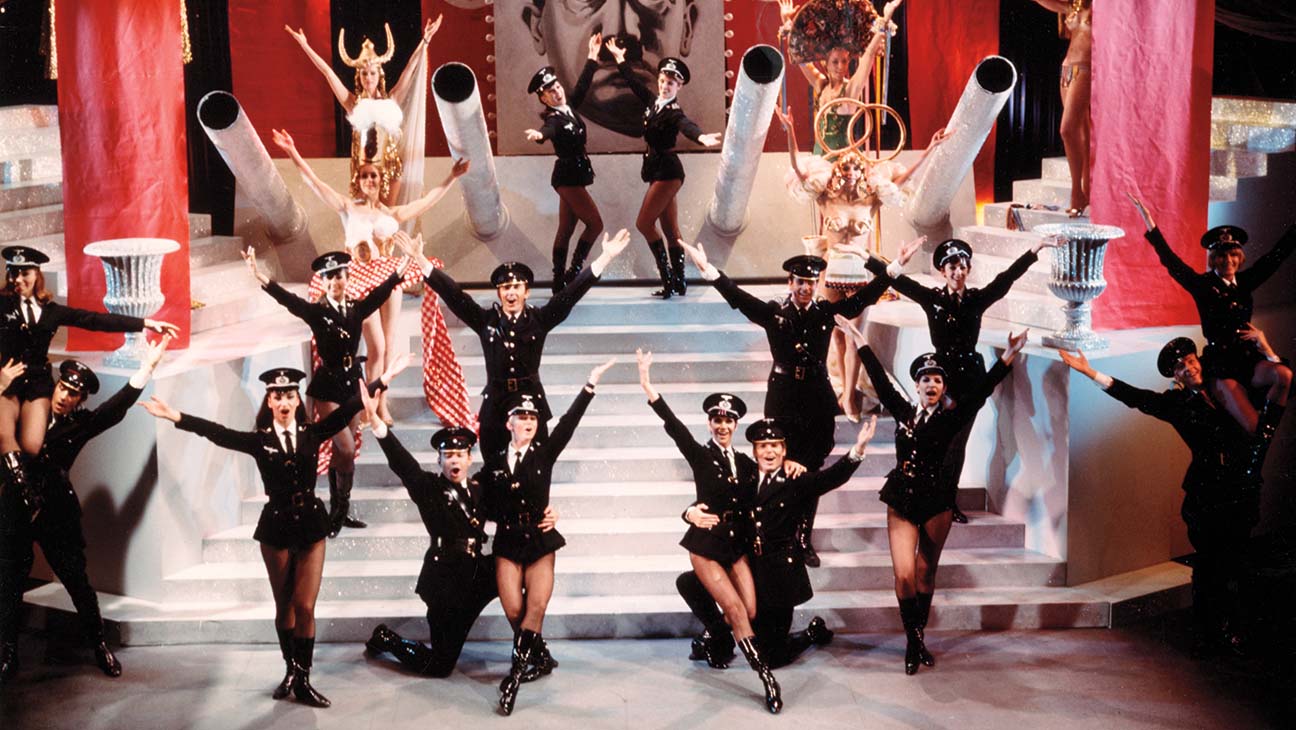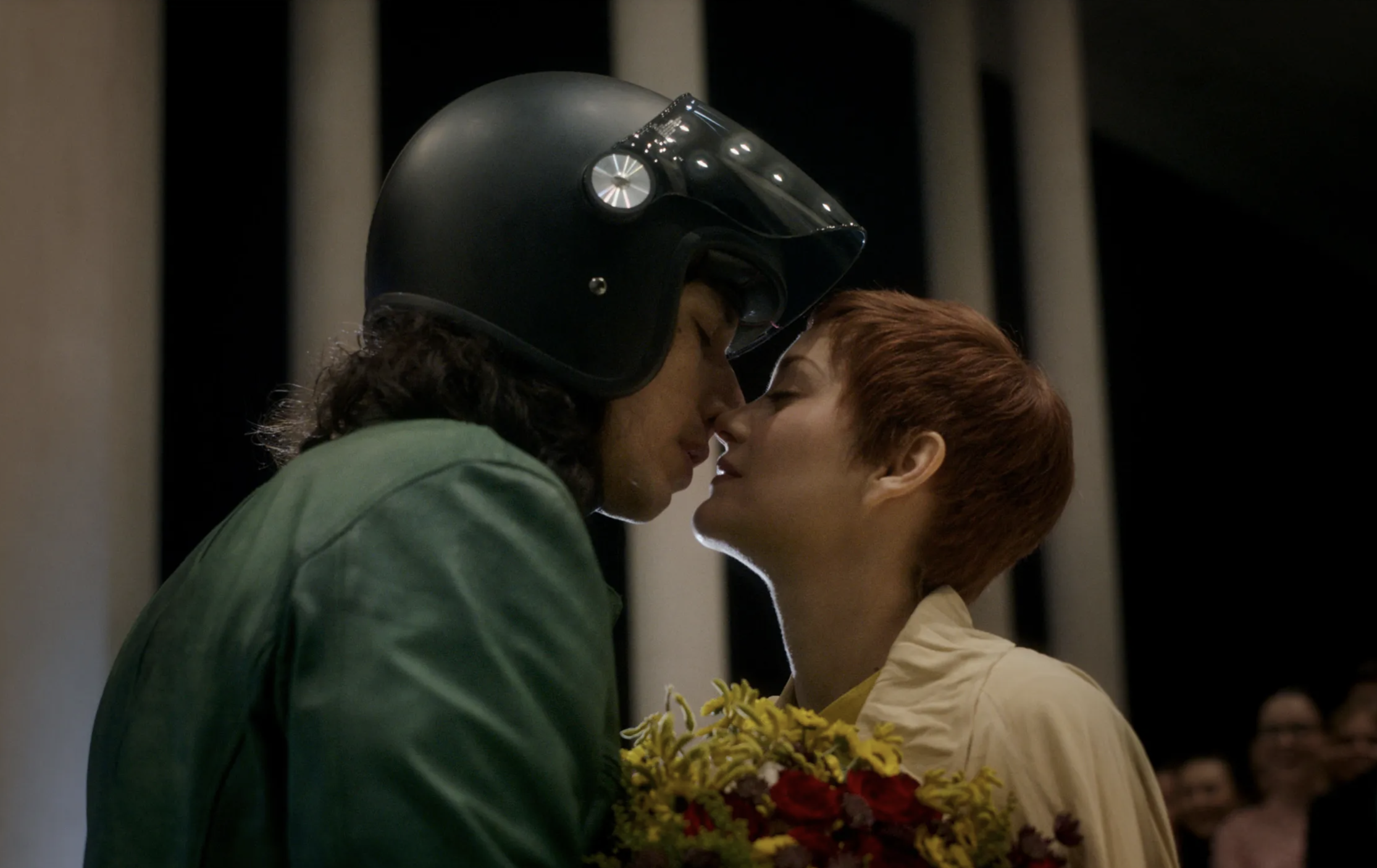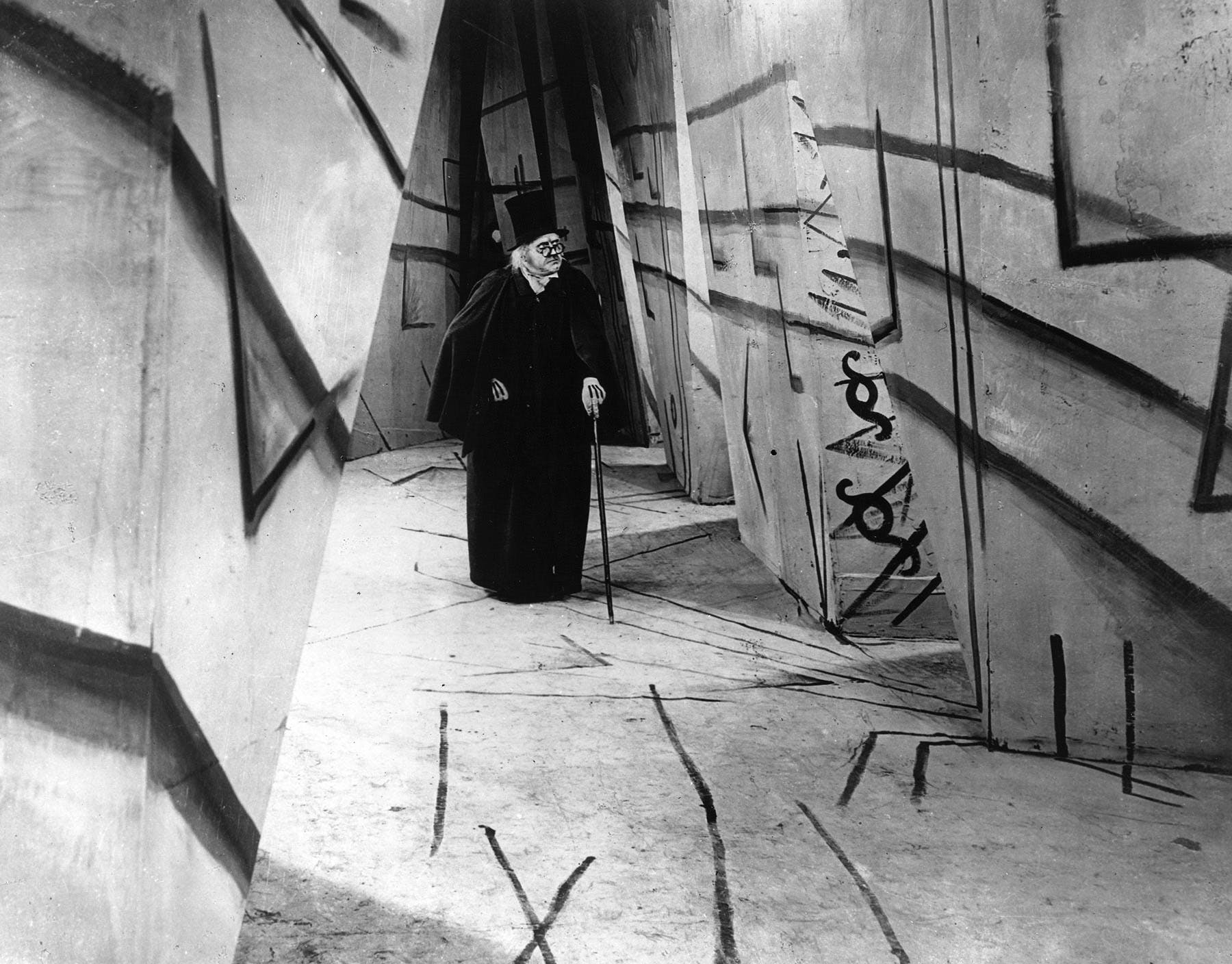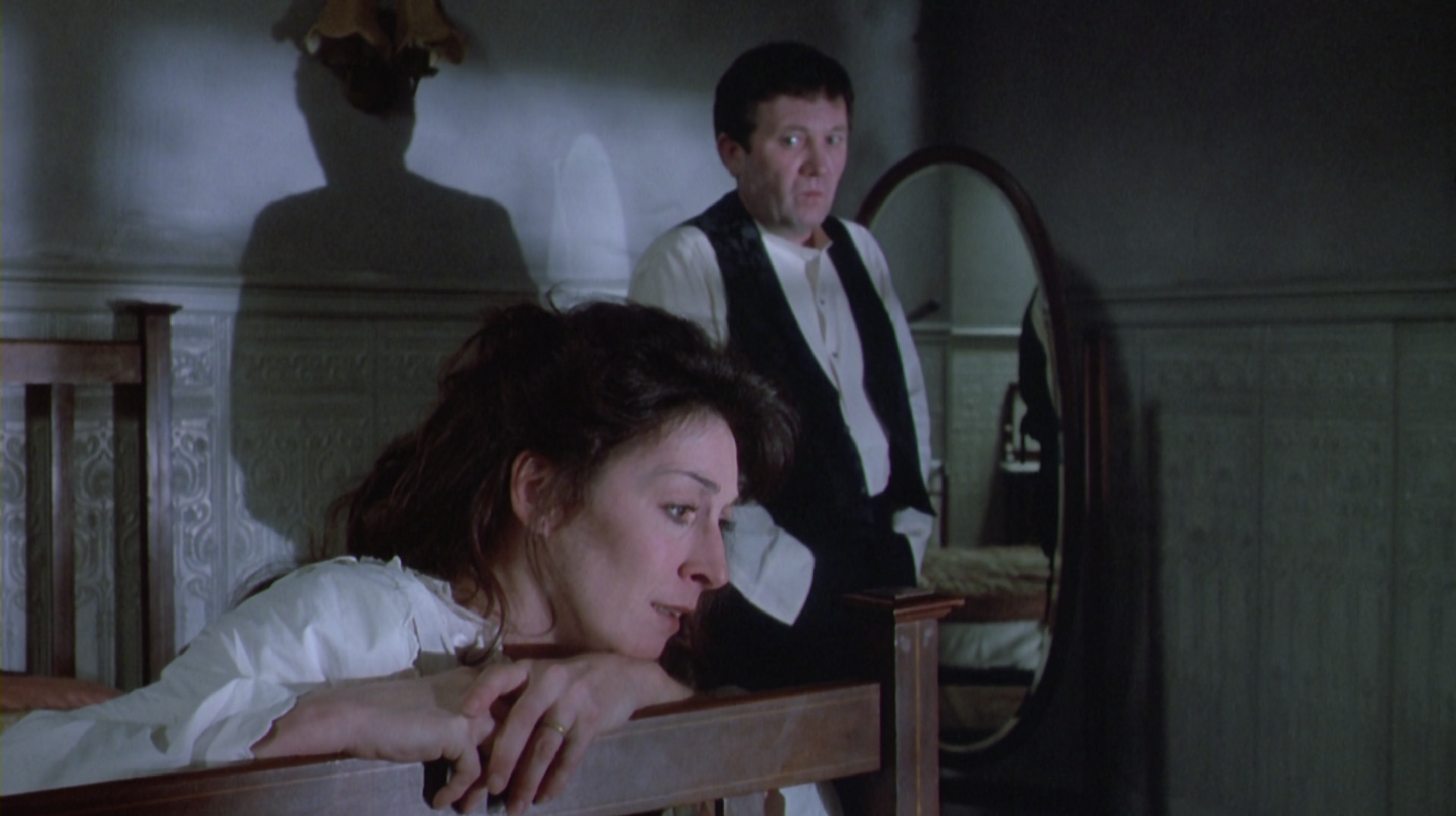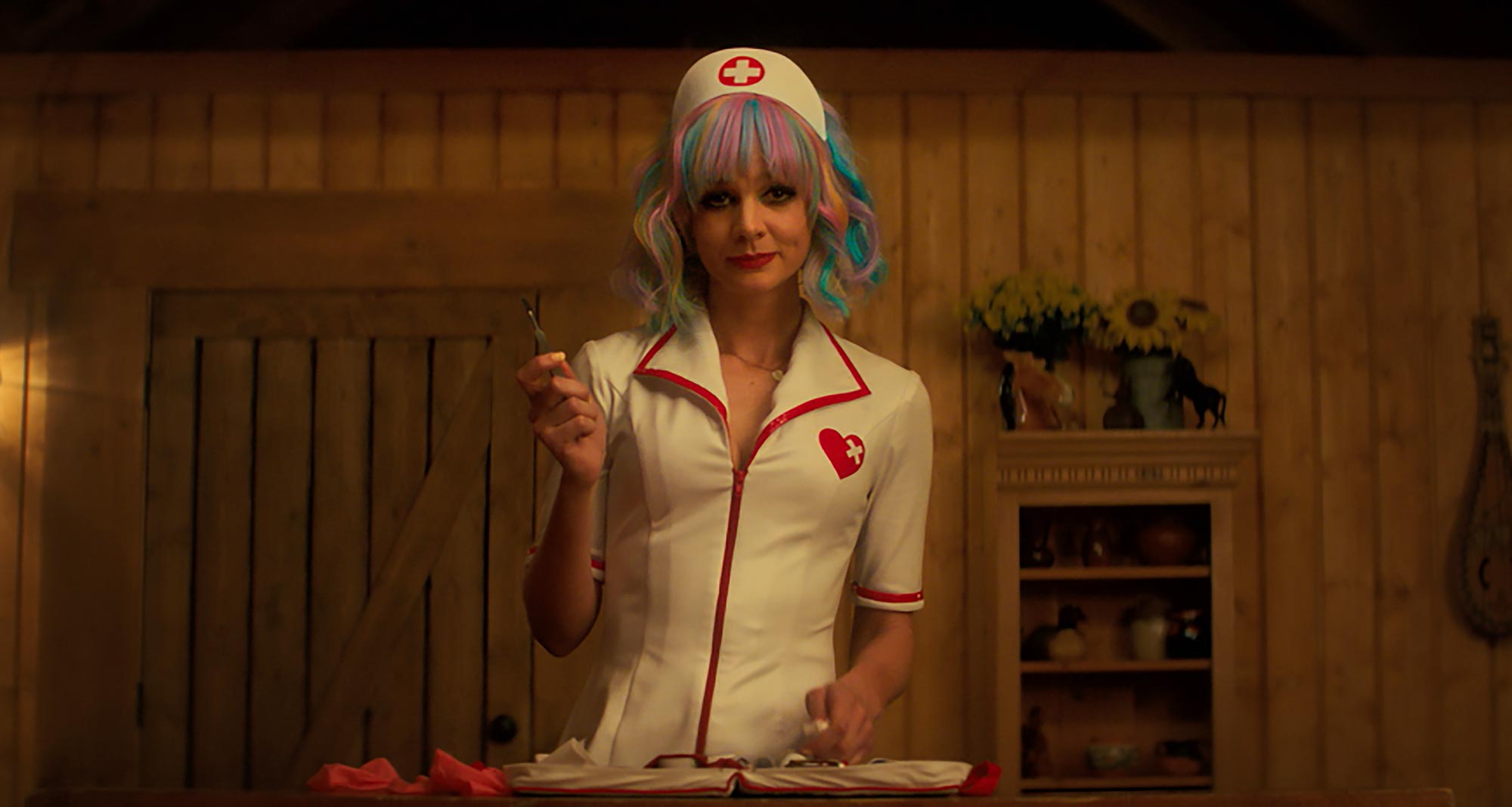The Producers (1967)
Mel Brooks’ irreverent satire of the entertainment industry’s grotesque exploitations wastes no time in zooming from one plot point to the next like a Marx Brothers routine, using the great comedic talents of Gene Wilder and Zero Mostel to not just match his brisk pace, but to push it even further.

